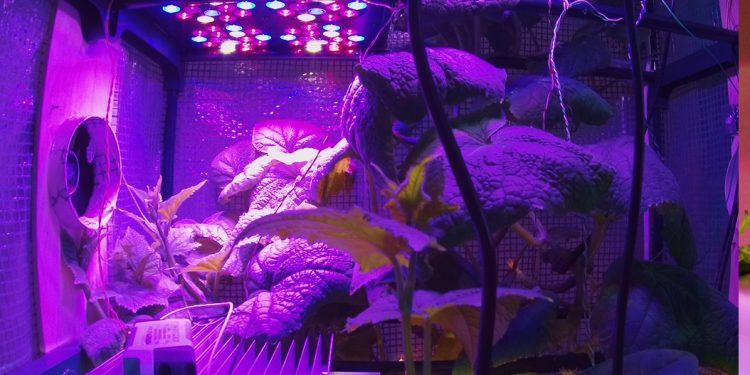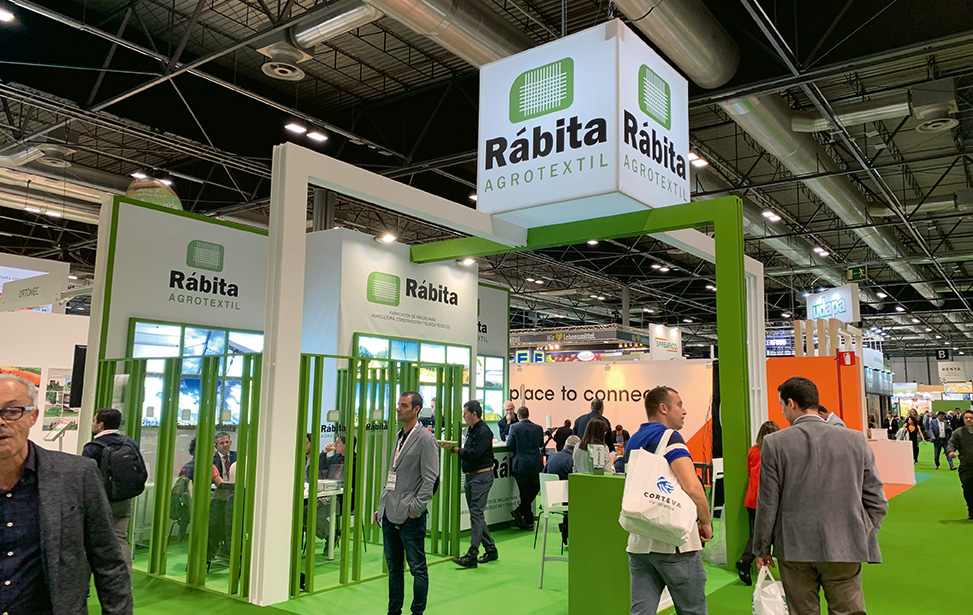Scientists from the St. Petersburg Federal Research Center (SPb FRC) of the Russian Academy of Sciences, with the financial support of the Russian Ministry of Education and Science, have developed a domestic digital system for managing vertical farms that grow greens. The invention runs on Russian software, it can be individually configured for efficient and automated production of various types of agricultural products and controlled remotely via the Internet from a personal computer or smartphone.
A vertical farm is an agro-industrial complex where, in a closed cycle, regardless of the season or climatic conditions, various crops (for example, lettuce or tomatoes) can be grown. It is a closed room with containers containing substances necessary for growing crops (soil, hydroponics or aeroponics). Tanks in a vertical farm are placed in several “layers” under each other, effectively occupying the entire space. The room maintains a special temperature, humidity, lighting and so on. Today, such farms often cover vast areas and provide cities with fresh and varied plant products.
However, the operation of a large farm requires a large number of employees and the accurate supply of nutrients and light to the plants and maintaining a certain temperature. Therefore, for the smooth and efficient operation of such agro-industrial complexes, production automation systems are required.
“We have developed a domestic digital complex that provides full automation of growing processes in vertical farms of plants such as strawberries, various types of salads and microgreens. The development itself includes software with a user-friendly graphical interface, hardware modules that can be formed into systems for various purposes, as well as a number of services that can link large greenhouse complexes into a single information structure,” says Anton Savelyev, head of the laboratory of autonomous robotic systems of the St. Petersburg Federal Research Center of the Russian Academy of Sciences. .
The digital system consists of three interconnected levels. The first one allows you to configure (form) the operation parameters of various farm units: pumps, lamps, microclimate maintenance systems, sensors. The configuration passes through a local server module, which allows you to communicate with various sensors and actuators, as well as store data about their functioning. At the same time, the configured modules of the first level work independently of the local server in a given cycle.
The second level is a local server of the agricultural complex, which receives and aggregates (combines) data from all devices. This way, you can monitor the performance of the system, predict module failures and identify critical situations (loss of communication with the modules, violation of pressure in the irrigation system, change in the optimal temperature, and so on). In addition, all modules transmit information at a distance of up to 6 km from a source in an open area. This allows the user to forego wires, thereby reducing the cost of automation.
If the object has Internet, the local server will be able to connect it to the third level of the system – cloud storage. It connects several objects of vertical farms into a single network, thus ensuring the operability of large complexes. And the system interface allows you to switch between different complexes, receive information about the operation and malfunctions on a personal computer, tablet or smartphone, and thereby remotely control the enterprise.
“The system can be quickly scaled up thanks to wireless communication and modular design, and a clear interface allows any user to quickly adapt to enter specific growing parameters for certain crops. Moreover, the system is universal in terms of soil – it works with ordinary soil, hydro- and aeroponics. Analogues of our development are made abroad, for example, in the Netherlands. But they are several times more expensive and require a regular maintenance fee. We offer modules and software of domestic development in line with import substitution for the Russian economy,” says Andrey Ronzhin, director of the St. Petersburg Federal Research Center of the Russian Academy of Sciences.
The development will help automate a number of processes on the farm (maintenance of the microclimate, control of the solution supply and the light cycle), quickly monitor system parameters and accumulate data, that is, in some cases, get rid of the human factor. This will increase the productivity of farms and improve the quality of the final product.
Now a digital system for managing vertical farms is being implemented at one of the enterprises of the agro-industrial complex near St. Petersburg.
Source










